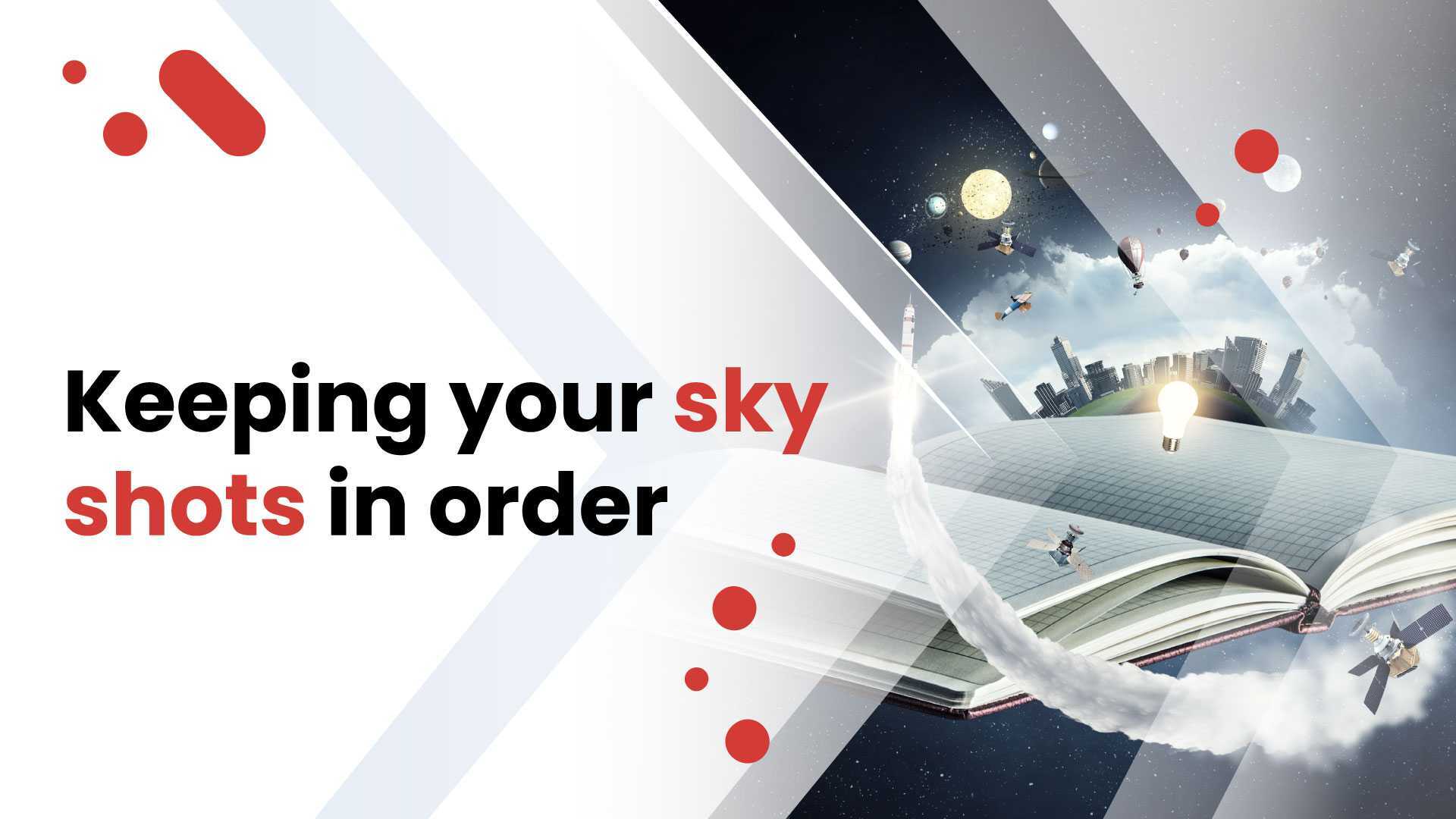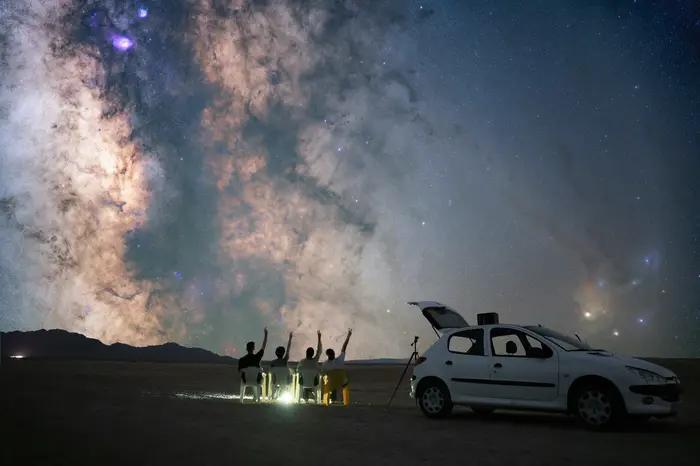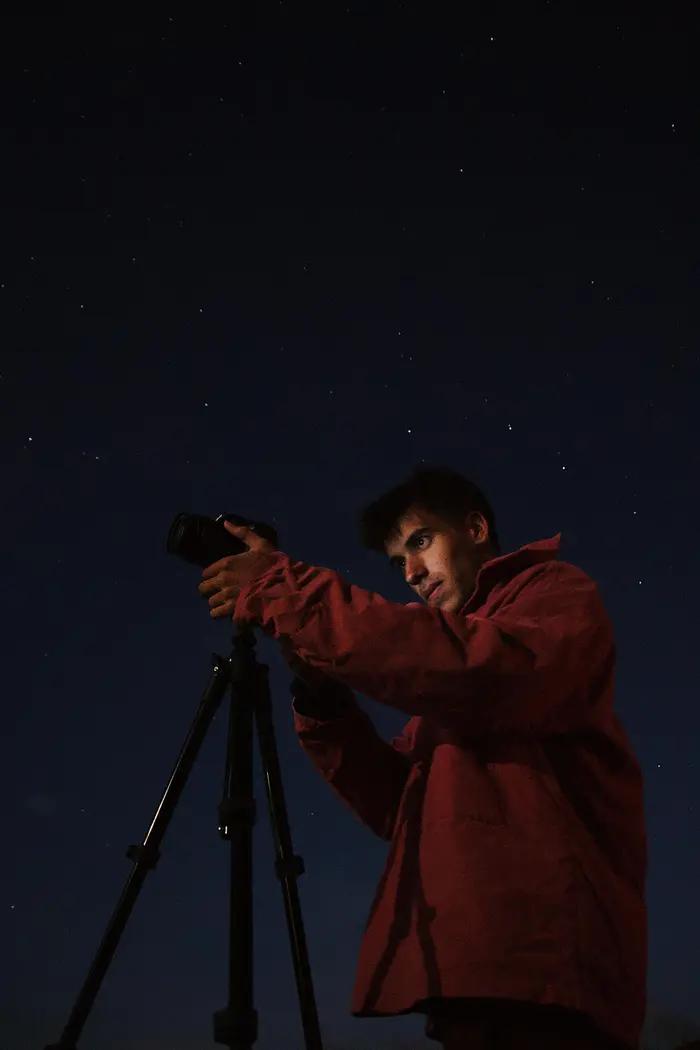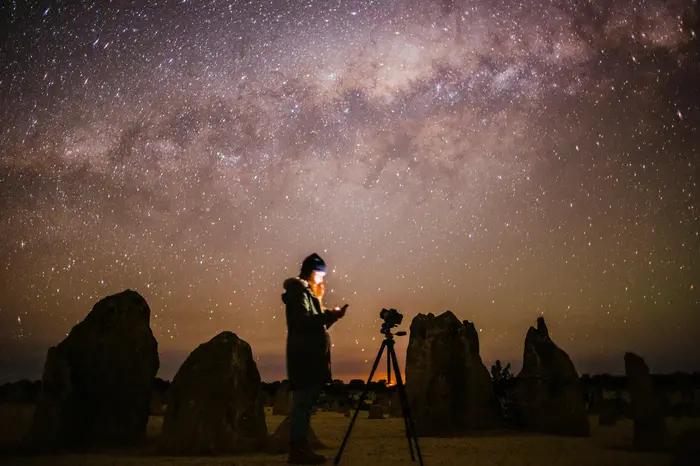The best software for organizing astronomical images: A guide for amateurs and professionals

Have you ever had a hard time and spent sleepless nights taking spectacular, high-quality images of the Moon or some other celestial body, only to find that you have nowhere to store or share those images?
December 23, 2024
Have you ever had a hard time and spent sleepless nights taking spectacular, high-quality images of the Moon or some other celestial body, only to find thatyou have nowhere to store or share those images?
You are not alone. Managing extensive collections of astronomical images is a challenge affecting amateur and professional astronomers.
With the advancement of astrophotography, access to high-quality capture equipment, and the enthusiasm to capture the beauty of the cosmos, there has been a growing need for tools that allow these images to be organized, tagged, and shared efficiently.

The challenges of managing collections of astronomical images
Astronomical image collections can proliferate, from hundreds of individual captures to thousands of processed, stacked, and calibrated files.
On a night of astronomical observation, an ordinary astronomer can take from several dozen to several hundred photographs, all of very high quality.
This growth poses several problems, some of which are:
Structured organization
The structured organization of astronomical images is a critical challenge due to the data generated during image capture and processing. A single observation session can produce hundreds of files, including RAW, FITS, and processed versions.
Images can get lost in mislabeled folders and subfolders without a clear structure.
It is essential to have a system that allows images to be classified by criteria such as the date of capture, the object observed (e.g., nebulae, galaxies, star clusters), the technique used (e.g., prolonged exposure or stacking of images), and the location from which the observation was made.
This not only facilitates the retrieval of specific images but also optimizes scientific analysis and the presentation of results in forums or publications. Tools that simplify this automated sorting are a key need in this context.

Metadata
Metadata is the backbone of any organized collection of astronomical images.
This data includes technical information such as the date and time of capture, the type of telescope, the celestial coordinates of the object observed, the filters used, and the exposure time.
In astrophotography, metadata also makes it possible to track essential details such as atmospheric conditions and calibrations applied.
Without proper logging, it becomes difficult to replicate successful configurations or compare observations. Metadata is also critical for sharing and analyzing images on specialized platforms, as it provides context and ensures that other astronomers can interpret the results. The challenge is generating, storing, and efficiently associating this metadata with images.

Format compatibility
The diversity of file formats in astrophotography creates a significant challenge for image management and sharing.
The most common formats are RAW (used by DSLR cameras), FITS (the standard in professional astronomy), TIFF, and JPEG.
Each format has unique characteristics: FITS is ideal for scientific analysis because it stores data in multiple dimensions, while JPEG is more suitable for quick viewing and social media use.
Compatibility between editing tools, visualization, and storage platforms is not always guaranteed. Some programs don't support FITS or require cumbersome and time-consuming conversions.
An efficient system should make converting and managing multiple formats easy without losing quality or metadata.
Exchange and collaboration
Sharing astronomical images with other enthusiasts or professionals is an essential part of the process, whether to get feedback, collaborate on projects, or simply showcase the work.
However, generalist platforms, such as standard social networks, often lack specific features for astrophotography, such as the ability to include advanced metadata or to perform searches based on celestial coordinates.
Also, automatic compression can degrade the quality of the images. While specialized platforms are better at this, they can have complex interfaces or high costs that make them difficult to adopt.
Effective collaboration also requires tools that allow users to collaborate in real-time, share observations, and combine data for deeper analysis.

Storage Space
Astronomical images, mainly processed ones, consume large amounts of disk space.
FITS and TIFF files, commonly used by astronomers, can easily exceed hundreds of megabytes per file. By adding calibrated, stacked, and processed images, a single observing session can require several gigabytes of storage.
This problem worsens over time as collections grow exponentially. Local storage solutions can be insufficient or expensive, while cloud options must ensure process speed, data recoverability, and reasonable costs.
In addition, mirroring images across multiple devices to ensure secure backups can further complicate the management of available space.
Considering these issues, let's discuss the tools currently available on the market and their key features.
Deepening of platforms for the management of astronomical images
1. Adobe Lightroom
Adobe Lightroom is a widely used tool in general photography, and it is known for its powerful editing capabilities and organization system. Although it is not explicitly designed for astrophotography, many amateurs use it to process and manage their images due to its flexibility and ease of use.
Features and functions:
- Advanced non-destructive editing tools, such as exposure, contrast, and noise reduction adjustments.
- Organization using tags, keywords, and smart collections.
- Cloud integration to access images from any device.
- Support for a wide range of image formats, including RAW and TIFF.
Advantages:
- Excellent for improving the visual quality of images through detailed editing.
- Intuitive structure for organizing large collections.
- Cloud sync and backup options.
Disadvantages:
- It does not support specific astronomical metadata such as celestial coordinates or FITS data.
- Its monthly subscription model can be expensive for many users.
- Moderate learning curve for beginners.
Value example: An astrophotographer looking to improve the visual appearance of their processed images can use Lightroom to adjust colors, reduce noise, and optimize details. However, you will need a complementary tool to manage astronomical metadata.
2. AstroBin
AstroBin is a platform specialized in astrophotography, designed to share, organize and analyze astronomical images. It is widely recognized in the astrophotography community thanks to her technical approach and active community.
Features and functions:
- Support for scientific formats such as FITS, TIFF, and JPEG.
- Advanced metadata management, such as celestial coordinates, filters, and capture techniques.
- Built-in finder that allows you to filter images by celestial object, telescope, camera and more.
- Active community with forums, comments, and popularity rankings.
Advantages:
- Ideal for experienced astrophotographers looking for a technical community and specific functions.
- Efficient image organization using advanced metadata.
- Educational resources and tutorials shared by the community.
Disadvantages:
- Less intuitive interface for new users.
- Requires a subscription to access advanced features.
- It doesn't have broad social integration or support for business functions, such as print selling.
Value example: An astronomer who wants to analyze images of galaxies captured in different observations can use AstroBin to compare configurations and get feedback from other experienced users.
3. PixInsight
PixInsight is an advanced tool designed exclusively for astronomical image processing. Its focus is on technical analysis and improvement of astronomical data.
Features and functions:
- Advanced astronomical image processing, such as stacking, calibration, and gradient removal.
- Full support for FITS and TIFF formats.
- Customizable scripts and extensible modules for advanced users.
- Specific tools to improve details and handle scientific data.
Advantages:
- Highly specialized in technical astrophotography and image analysis.
- High-quality processing results, suitable for scientific publications.
- Active community that shares advanced scripts and techniques.
Disadvantages:
- Complex interface with a steep learning curve.
- It does not include organizational or social media features.
- Expensive for beginner users who only need basic features.
Value example: A professional astrophotographer who needs to process high-quality data for research can use PixInsight to apply advanced calibration and detail extraction techniques.
4. DeepSkyStacker
DeepSkyStacker is a free tool designed specifically for stacking and calibrating astronomical images. It is ideal for hobbyists looking for a simple technical solution to process their data.
Features and functions:
- Image processing by stacking and calibration.
- Tools to correct optical aberrations and improve signal.
- Export images in standard formats for further processing.
- Easy to use, with a simplified interface.
Advantages:
- Free and widely accessible for beginners.
- Decent results with minimal effort.
- Compatible with most astronomical image formats.
Disadvantages:
- It lacks advanced editing and organization tools.
- It doesn't have social features or integration with collaboration platforms.
- Limited compared to professional options like PixInsight.
Value example: A beginner who is just starting out in astrophotography can use DeepSkyStacker to stack images and improve their initial quality before moving on to editing software.
5. SpacePixel
SpacePixel is an emerging platform that combines image management and social features. Its goal is to become more than an organizational tool; it aims to be a comprehensive social network for space lovers.
Features and functions:
- Minimalist interface to organize images with tags and collections.
- Social feed where users can share their work and receive feedback.
- Integrated marketplaces for the sale of astrophotography prints.
- Constant updates based on user feedback.
- Future plans to develop small, cubic ground-based and space-based telescopes.
Advantages:
- Easy to use, ideal for beginners and hobbyists.
- It combines organization and social media features into one platform.
- Rapidly developing, with innovative features such as the print marketplace.
- Competitive costs compared to other platforms.
Disadvantages:
- Still in its early stages, with fewer advanced features than established platforms.
- It needs to grow its user base and active community.
Value example: A user can organize their images in minutes, tag them with relevant data, share their profile in the social feed, and start selling high-quality impressions through the integrated marketplace.
Comparison of platforms to manage astronomical images
| Platform | Organization | Advanced editing | Technical processing | Astronomical metadata | Social functions | Integrated market | Ease of use | Competitive cost |
|---|
| Adobe Lightroom | ✅ | ✅ | ❌ | ❌ | ❌ | ❌ | Complex | ❌ |
| AstroBin | ✅ | ❌ | ❌ | ✅ | Limited | ❌ | Medium | ❌ |
| PixInsight | ❌ | Limited | ✅ | ✅ | ❌ | ❌ | Medium | ❌ |
| DeepSky Stacker | ❌ | ❌ | ✅ | ❌ | ❌ | ❌ | Easy | ✅ |
| SpacePixel | ✅ | ❌ | ❌ | ✅ | ✅ | ✅ | Easy | ✅ |
Although SpacePixel is a newly created platform, its modern approach makes it stand out as an affordable option that balances functionality and ease of use. This makes it ideal for beginners and users looking for a simplified experience.
Why pay for an unnecessarily complex platform with tools you may never get to use when you could pay for one that has exactly what you're looking for?
Are you an amateur astronomer or astrophotographer, or do you just love images of space? SpacePixel is the perfect platform for you.
Designed with a minimalist and friendly approach, you can organize your astronomical images in minutes. It is easy to share your work with friends and connect with other enthusiasts through our social feed, where you'll receive feedback from a community passionate about astrophotography like you.
Coming soon, you can sell prints of your best shots on our integrated marketplace hassle-free. In addition, we are constantly evolving and developing new features based on your suggestions. SpacePixel isn't just a tool; it's the future of astrophotography and social astronomy.
INTO THE FUTURE: SpacePixel as a social network for space lovers
SpacePixel has the potential to evolve beyond being a tool for organizing images. The platform aspires to become a social hub where users can interact, share knowledge, and collaborate on astronomy-related projects.
Planned Features:
- Social feed: A space for users to post updates, images, and comments.
- Feature requests: Users will be able to influence the development of the platform through a participatory roadmap.
- Integrated marketplace: A place where astrophotographers can sell their prints directly to interested buyers.
- Technological innovation: The SpacePixel team plans to expand into producing ground- and space-based telescopes with small and cubic designs. This will position SpacePixel not only as a platform for organizing images but also as an innovation project in building astronomical observation tools.
These developments will make SpacePixel a comprehensive community for amateur astronomers, professionals, and space lovers, differentiating it from more static platforms.
The organization of astronomical images is an essential task that requires tools adapted to users' needs.
While Adobe Lightroom and AstroBin offer viable solutions, SpacePixel stands out for its ease of use, social focus, and growth potential. For astronomers and astrophotographers looking for an accessible, forward-looking tool, SpacePixel represents a promising option.
The combination of simplicity, continuous development, and a comprehensive vision for the astronomical community positions SpacePixel as the software of the future for organizing and sharing images of the cosmos. The sky will no longer be the limit!